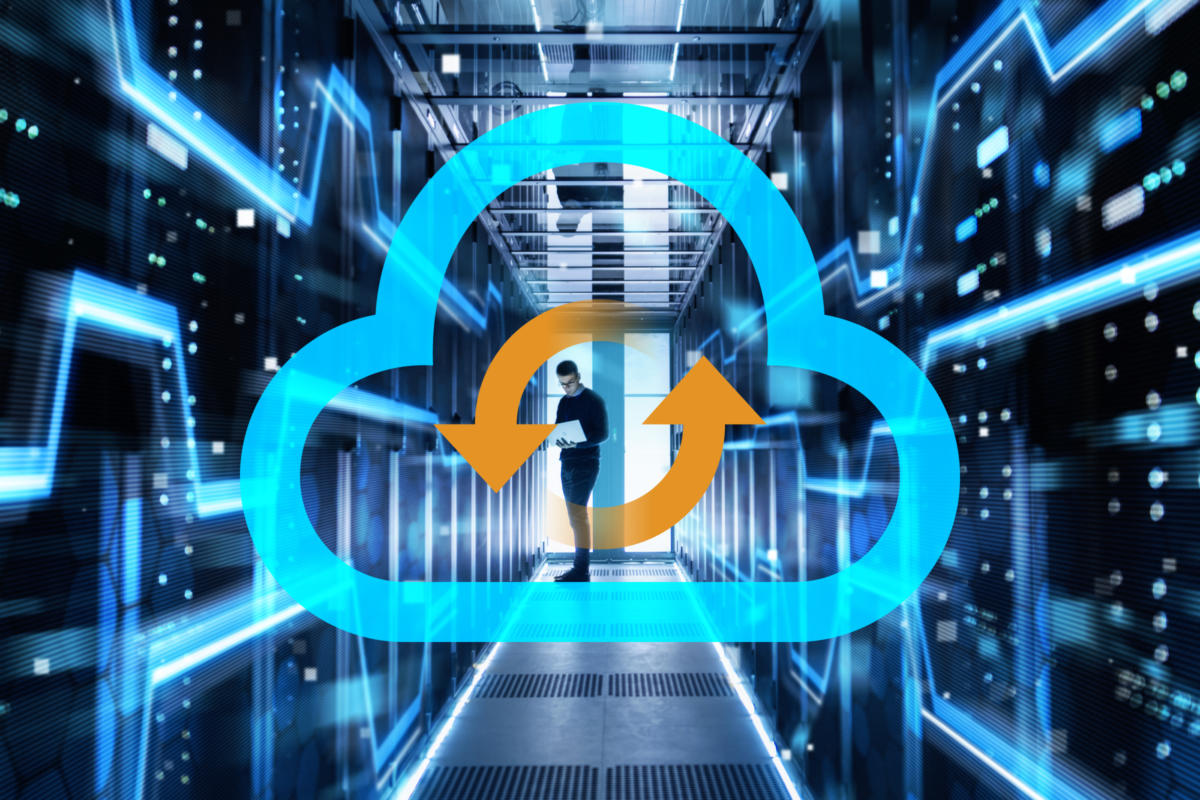Data backup is important to keep your business safe. It is depending on on-premise hardware, such as backup servers, it is outdated and unsafe. By using cloud backup, data may feel out of hand but cloud storage is actually very secure. There are quite a number of backup types and terms used when it comes to backups of your digital content. These backup types can be used independently or in some combination as part of a data backup solution.
The Different Type of Data Backup
There are many types of data backup. Here are the most common ones that used by most organization.
1. Full Backup
This is a full-scale data backup of all allocated files and folders. It will duplicate all the data, including that which was previously backed up. This type of backup is restores are fast and easy as the complete list of files are stored each time. However, they aren’t easy to regularly perform because they require more time to backup and using a lot of space.
2. Incremental Backup
Incremental backup is only the initial backup is a full one. Then, the subsequent backups only record what has changed since the last backup. The backup process are quicker, less storage-consuming backups than full backups. But, the process of restoring lost data from backup is longer.
3. Differential Backup
Differential backup is similar to incremental backup. One full backup is done first in differential backup and subsequent backup runs are the changes made since the last full backup. This is a longer process than an incremental backup, but quicker and less space-consuming than a full backup. Similarly, they are quicker restores than incremental backups.
4. Mirror Backup
A mirror backup is when an exact copy is made of the source data. The data is backed up as an exact copy instead of changes. This backup is save on storage space and restoration, but can also leave you vulnerable to permanently losing data. Because of this, mirror backups should be used with caution as a file that is deleted by accident or through a virus may also cause the mirror backups to be deleted as well.
5. Online or Cloud Backup
Online or cloud backups takes the information being backed up off-site and stores it in one or more remote locations. It is where data is backed up to a service or storage facility connected over the Internet. Most service providers will have multiple locations and connections to data so that there is little to no risk of data loss if one of those fails. With the proper login credentials, that backup can then be accessed or restored from any other computer with Internet Access.








0 Comments